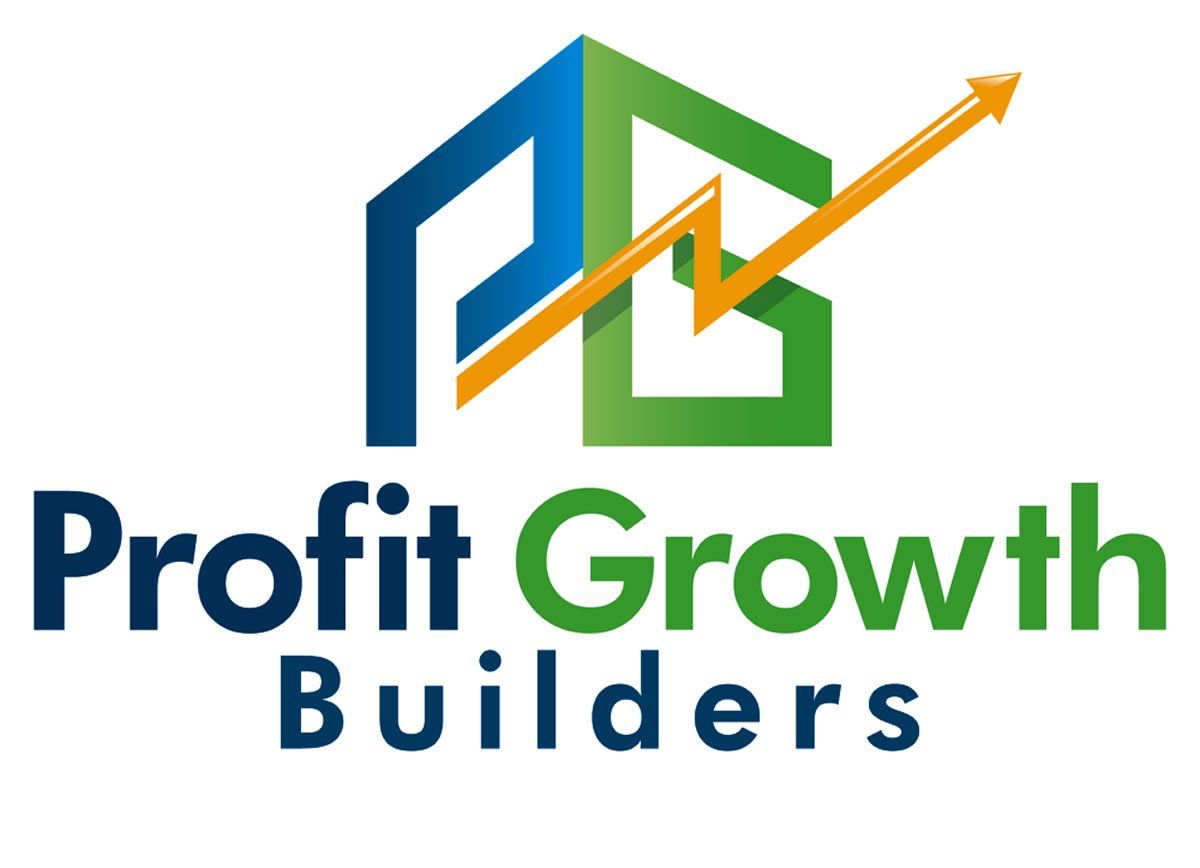10 Great Strategies to Close the Deal
Salespeople spend a significant amount of time attempting to close a sale.
Here are a few tips to help you become more successful in closing a deal.
The essential aspect of the sales cycle is closing the deal. You should conduct research, give answers, and anticipate obstacles to close the transaction.
You may use various tactics to clinch the transaction, such as presenting a feature overview, tempting them with a one-time offer, or guiding them through the product. This article is for salespeople who wish to know what strategies can help them clinch a transaction.
Salespeople spend much time closing transactions, from leading prospects through a presentation to answering all their questions. This makes sense since the most essential sales cycle elements are completing the contract and closing the transaction. However, keeping in touch with your prospect isn't enough to encourage them to spend their money with you. To close the transaction, salespeople must be proactive and employ effective techniques.
How do you close the deal?
Because the way customers make purchase decisions is constantly evolving, it's critical to assess your sales approach with your team regularly. Selling any product or service can be a delicate balancing act; you must strike the right balance between someone being persuasive without being arrogant or irritating.
This requires meticulous preparation, but you can ensure that your firm remains consistent and closes more sales with a good strategy in place.
When trying to make a sale, keep in mind that the consumer must come first.
The essential part of the sales cycle is closing a contract. Everything a salesman does is in the goal of getting them to this point. Having a plan is one of the most acceptable methods to get to the end.
Here's how you complete a deal and make a sale, step by step:
1. Do your research.
You must understand both your company as well as your prospect's company to be effective. As a result, the first step is to do research.
Make sure you know all there is to know about your company's services and how they might benefit your prospect. You want to understand which of your items or services are the best suited for your prospect. You don't want to make the mistake of presenting the wrong product & losing that customer. By getting to know your prospects, you can figure out what matches them best.
Whereas the point of contact is an excellent place to start if feasible, you should move beyond it. Please try to communicate with people within the firm, particularly those in various areas, to learn about their diverse views and how they identify the company's pain problems. You'll learn what the firm needs and how your goods or services may assist them in achieving their goals through these interactions.
2. Discuss the budget and timetable.
You'll need to clarify budgets and timeframes for this phase. This should be done before giving prospects a product or service demo. This will tell you if they are ready to buy right now or later. It makes sense to devote time now if they are ready to buy. If they aren't, you can come back when they are.
3. Offer solutions.
Don't try to market your goods or services. Instead, provide alternatives. Offering perspective on what you can do for them will have a longer-term impact because your interaction will target their unique requirements. This allows customers to visualize how your services and products will meet their requirements.
4. Deal with any complaints.
Clients are likely to have reservations or objections. You should not only have a plan in place for how you'll deal with these issues, but you should also make sure you don't dismiss their worries. Please demonstrate that you comprehend their perspective. This will make them feel more attached to you. Looking back to previous objections received by you or a coworker is an intelligent idea.
This will ensure that you have the correct answers.
5. Ask for the sale.
You should ask for the sale if you believe the prospect's questions have been answered and they comprehend the answers you provide. You'll want to make a strong statement and emphasize the answer you're providing. It's critical to come out as educated and confident while avoiding arrogance.
6. Plan out the following actions.
Whether or whether you make the sale, you should plan for the following stages. If you're successful, finish the paperwork and provide the consumer the knowledge they need to use your products & services properly. You should check in with your client after your items or services have been delivered to discover if there have been any concerns or challenges.
If you were unable to clinch the sale, schedule a follow-up meeting to continue nurturing your lead.
The critical point is that doing your homework, giving answers, and dealing with objections will help you clinch the transaction.
Methods to assist in the closing of a contract
Learn how to close a sale with these strategies that work even with the most challenging customers. You'll receive better outcomes if you use them! If you're a salesperson, you're probably familiar with this sensation: shaking hands after a successful transaction. It's a good sensation, and you know what's going to happen next.
But keep an eye out! The tactics for closing a transaction aren't always straightforward, and consumers might be complicated or unsure of what they want. You've almost likely had to deal with similar situations. Week-long interactions or talks that frequently didn't work out.
Here are ten methods that have shown to be effective in closing deals:
Summary close
You give potential consumers an overview of your product or services and any predetermined characteristics, with a summary close. This is a beautiful approach to remind them of what they will get and about any crucial things they may have forgotten or overlooked.
"With [product], you receive free delivery & installation, as well as a complete warranty," you may remark.
Assumptive selling close
When you address a prospect as if you've already completed the transaction, this is known as assumption selling. This might be off-putting to certain people, so use it only when you're confident your target isn't on the fence.
It would help if you were careful not to come out as forceful while using this method.
The goal is to avoid becoming too obvious. [ Read this linked article: Why Is Data Analysis Important?
Info Small Businesses Need to Know
"Do you need to go with [Option 1] or [Option 2]?" may, for example, be welcomed better than "Send me your financial data, and I'll create the paperwork right now." With the first, you're offering the prospect a choice; with the second, it may appear like you're attempting to catch them off guard.
It would help if you judged what will and will not work with a potential consumer since not all assumptive statements are equal.
Here are a few more assumptive selling examples:
- "Can you tell me when you'd want to begin your subscription?"
- "Can you tell me how many you'd like?"
- "Can you tell me when [product] will be delivered?"
Now or never close
An excellent method is to create a sense of urgency. Proposing an appealing offer might encourage a prospect to act right away rather than pondering about it for an extended period. Customers who are interested in your products and services and have yet to commit are suitable candidates now or never close.
- "You can save 20% if you join up now," for example.
- "I understand how essential this product is to your company's success, which is why I'm included a year of premium support." This offer is valid just until the end of the day."
- 'This item has been sold out for a long time, and this is the final one available."
Question close
The right question might assist you in closing the transaction. Question closures are a practical approach to answer their concerns and reassure them that your service or product will meet their needs.
- "Would you sign the contract if we can handle [objection]?" you can ask.
- "How much would it cost you to join up right now?"
- "Based on our conversations, it appears that this is the ideal product for you." "How do you feel?"
Soft close
A soft closure, as the name implies, is not aggressive. A soft closure might help a prospect feel more comfortable taking the following step. Begin by outlining a benefit, then finish with a low-impact inquiry. This will allow them to relax their guard since they won't feel obligated to decide right now.
- You may use this strategy if you believe the prospect requires more time since it will allow you to get to know them and refine your approach.
- You may use this strategy if you believe the prospect requires more time since it will allow you to get to know them and refine your approach.
The following are some examples of a soft close:
- "Would it be of relevance to you if [pain spot] could be fixed?"
- "If you're looking for a "Would increasing [benefit] be in accordance with your company's objectives?"
Demonstration close
Some individuals are more visual in their thinking than others. If you come across a hesitant prospect, mainly because they don't completely comprehend the product, you might offer them a demo of a product or service. This will allow them to observe how your product or service operates in action and how it could fit into their company needs.
- "'This, for example, will assist you in creating a more dynamic website.' Let me give you an example."
- "'It's difficult to picture how this thing works.' I'll take you through the software."
Sharp angle close
This approach, unlike others, is dependent on your consumer. They may request a discount or add-on if they are interested in purchasing your goods or service. This is your chance to make a rapid decision. If you accept their offer, you should demand something in return.
- "If a prospect requests a 15% discount, you may respond, "We can provide that, but only if you sign up now."
- "Whether a potential customer asks if you can lower the price, you might say: "Would you be ready to reach an agreement today if I can?"
This may impress your prospects, who might be expecting a negative response to their request.
1-2-3 close
The summary close is a technique that is comparable to this one. You're describing the product's characteristics and benefits in both cases. However, you want to emphasize what makes the product outstanding in three sets for the 1-2-3 closing.
It isn't as apparent as other ways, but it relies on the notion that grouping objects into threes may make a strong message. You may either concentrate on three related aspects to underline the relevance of a feature or mention three distinct ones to demonstrate the breadth of coverage.
- "Using our tool, you'll expand your business faster, stronger, and more efficiently," you may say with this method.
- "We'll throw in free delivery, installation, and support if you buy now."
Weekly cost close
Sometimes it's all about the money when it comes to sealing a transaction. When you quote someone a yearly fee, it may appear to them that the amount is excessive. However, if you divide the cost by week or day, you can compare it to a regular purchase.
For instance, you could argue that the cost of a service is the same as buying a cup of coffee every day. From there, it's simple to argue that you're providing them with an essential service for a few bucks a day.
Testimonial close
There's a reason why companies include testimonials on their websites: they're compelling and offer potential consumers a sense of what they may anticipate if they buy your product or service. To assist you to land a prospect, a testimonial close depends on a customer's good feedback.
- "Since you're interested in increasing your business's traffic," you may say, "I'd like to offer you a letter from one of our clients explaining how our product helped them boost their traffic by 45% in only a few months."
Check out this elegant method to publicize a small business testimonials:
Review Pops.




